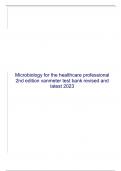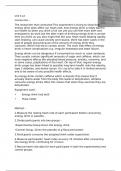Essay
The Importance of the Self in Richard III and The Representation of Cipher and 'O' in Midsummer's Night Dream
- Module
- Institution
Essay of 11 pages for the course Intensive Shakespeare at Royal Holloway University of London (London)
[Show more]












